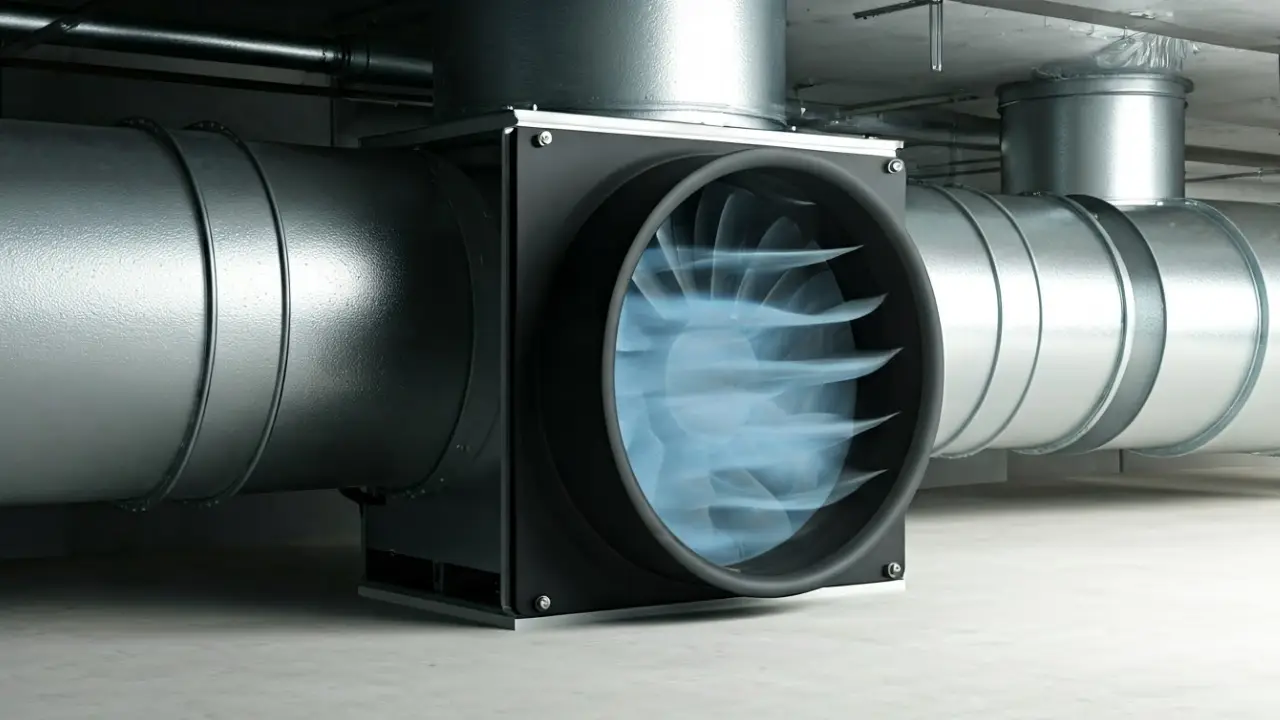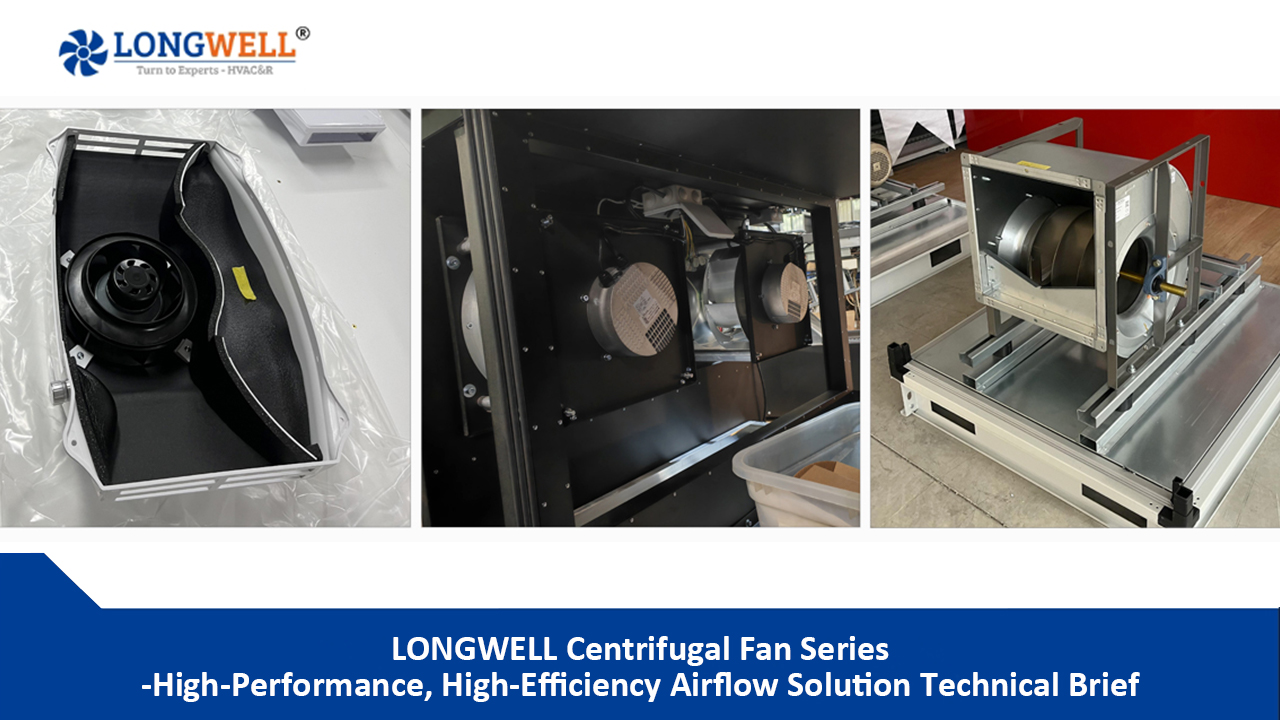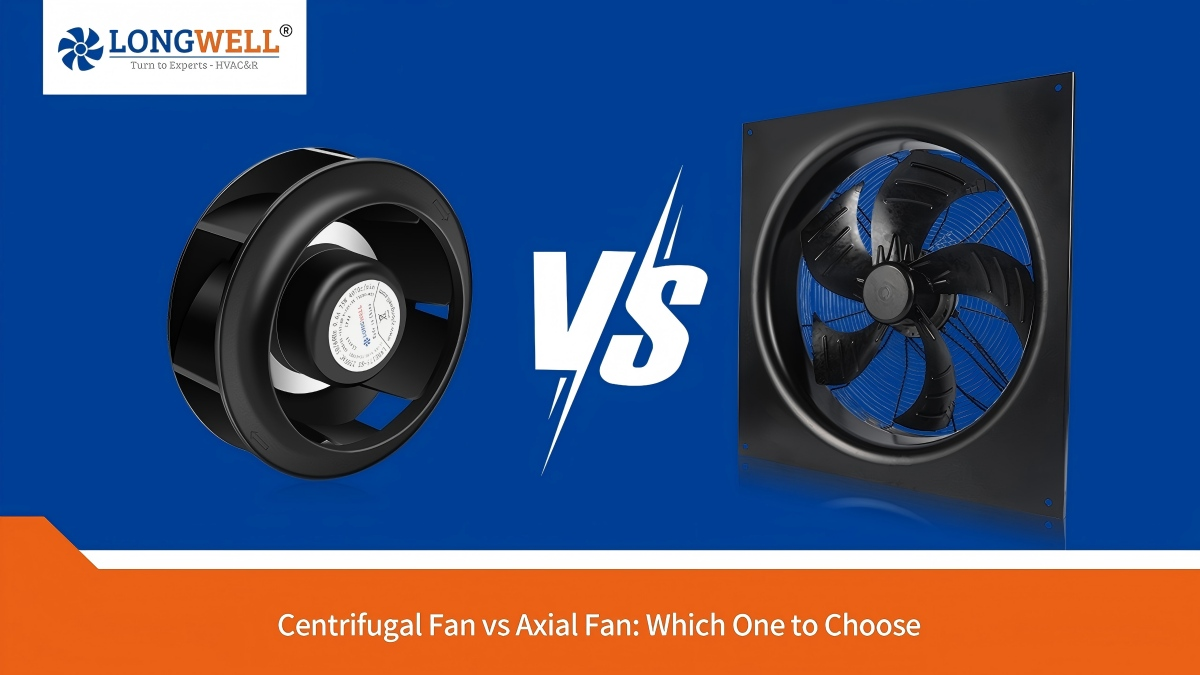
Key Highlights
- Axial fans are key for good air movement in HVAC systems. They help keep indoor areas comfortable and healthy.
- These fans can move a lot of air, so they are perfect for places that need strong air circulation and ventilation.
- Axial fans are designed to fit in tight spaces well. This makes them ideal for many HVAC setups.
- Compared to other types of fans, axial fans usually use less energy. This helps reduce energy costs and saves money.
- To keep your axial fans running well, it’s important to maintain them. Regular cleaning and lubrication help them perform better and last longer.
Introduction
Good airflow is important in HVAC systems to keep indoor spaces comfortable and healthy. Axial fans, which run on AC power, play a crucial role in this. They help move air around and improve ventilation. This blog will cover the basics of axial fans in HVAC systems. We will discuss their design, benefits, and how they can improve airflow efficiency.
The Basics of Axial Fans in HVAC Systems
Axial fans, which are also called propeller fans, move air in a straight line along their axis. This type of airflow is different from centrifugal fans, which push air out in a circular motion. Axial fans have a basic but efficient design. This is one reason they are often used in HVAC systems for both homes and businesses.
These fans are great for areas that need a lot of airflow. They are good for ventilation, cooling, and air circulation systems. Their small size allows them to fit into many locations, especially in small spaces where larger fans can’t go.
Comprehending the Purpose and Structure
The magic of axial fans is their ability to change rotation into air movement. This starts with the fan’s motor. The motor spins a central shaft. The key part of the axial fan is the impeller, which sits on this shaft. The impeller has blades that help increase airflow.
When the impeller spins, the blades go through the air. This movement creates different pressure levels. There is lower pressure behind the fan and higher pressure in front of it. This difference in pressure pulls air in from one side and pushes it out the other side, creating a steady flow.
Axial fans have a simple design. This makes them dependable and easy to take care of. They are built tough, so they last a long time. Because of this, many people select them for different HVAC needs.
Key Components and Their Roles
To understand how axial fans work, you need to know about their main parts. Each part has a specific role that helps produce good airflow and improves the fan’s performance.
Let’s break down these components:
| Component | Role |
|---|---|
| Impeller | The heart of the fan, the impeller houses blades that generate airflow when rotated. |
| Shaft | Connects the motor to the impeller, transmitting rotational force to spin the blades. |
| Bearings | Ensure smooth rotation of the shaft, minimizing friction and wear for optimal performance. |
| Motor | Powers the fan, providing the rotational energy needed to spin the shaft and impeller. |
| Casing | Encloses and protects the internal components while guiding and directing the airflow. |
The parts work together to ensure the axial fan does its job well. It creates the airflow needed for HVAC systems effectively.
Enhancing Airflow Efficiency with Axial Fans
To make axial fans perform better, you should pay attention to two important things: where they are placed in the HVAC system and regular care. A good location helps the fan catch and direct airflow more efficiently. Regular checks and maintenance will also help the fan work well and last longer.
By paying attention to these areas, you can help an HVAC system run effectively. This keeps your space cozy and ensures the air quality is better.
Strategic Placement for Optimal Performance
The placement of your axial fan in the HVAC system matters a lot for it to work well. If the fan is not in the right spot, it can block airflow. This will lower its efficiency and put more strain on the fan’s motor. As a result, the motor may wear out quicker than normal.
First, think about where you want the air to go. Place the fan in a way that creates a smooth and clear airflow. This helps it work better and reduces bumps and changes in pressure. Ducts that have sharp turns or dusty filters can make it less effective.
Check the design specs for your HVAC system. You can get help from a skilled technician to find the best spot for your axial fan. Choosing the right location is important. It will boost airflow and help your HVAC system last longer.
Maintenance Tips to Sustain Airflow Quality
To keep the airflow quality from your axial fan high, you must do more than just install it correctly. You also need to take care of it regularly. A well-maintained fan performs better, uses less energy, and lasts longer.
Here are some key maintenance tips to keep your axial fan working properly:
- Regular Cleaning: When dust and dirt build up on the blades, casing, or motor, airflow gets worse. This can make the fan struggle to work. Cleaning it often with a brush or vacuum can really help how well it runs.
- Bearing Lubrication: Bearings are important for the fan to run smoothly. Greasing them often reduces friction. This can slow wear down and helps the fan stay quiet and work well.
- Visual Inspections: Check the fan now and then for any damage, loose parts, or weird noises. Fixing these problems early can stop more damage and avoid possible breakdowns.
By following these maintenance steps, you can make the airflow quality better. You can also help your axial fan last longer. This will create a healthier and more comfortable indoor space.
Conclusion
Improving airflow in your space with axial fans is important. It helps your HVAC systems work better. Knowing how axial fans operate, their structure, and the best places to put them can really boost airflow. If you follow maintenance tips and install them correctly, you can keep airflow quality high for better air movement. If you want to improve airflow in your area, think about adding axial fans and placing them smartly. For more questions about how axial fans are different from centrifugal fans in HVAC use, check our FAQ section.
How do axial fans differ from centrifugal fans in HVAC applications?
Axial fans usually use AC motors. They are great at moving a lot of air in a straight line. This makes them perfect for ventilation and cooling. Centrifugal fans work differently. They pull air in from the center and push it outwards. You often find these fans used when higher pressure is needed, like in duct systems.



